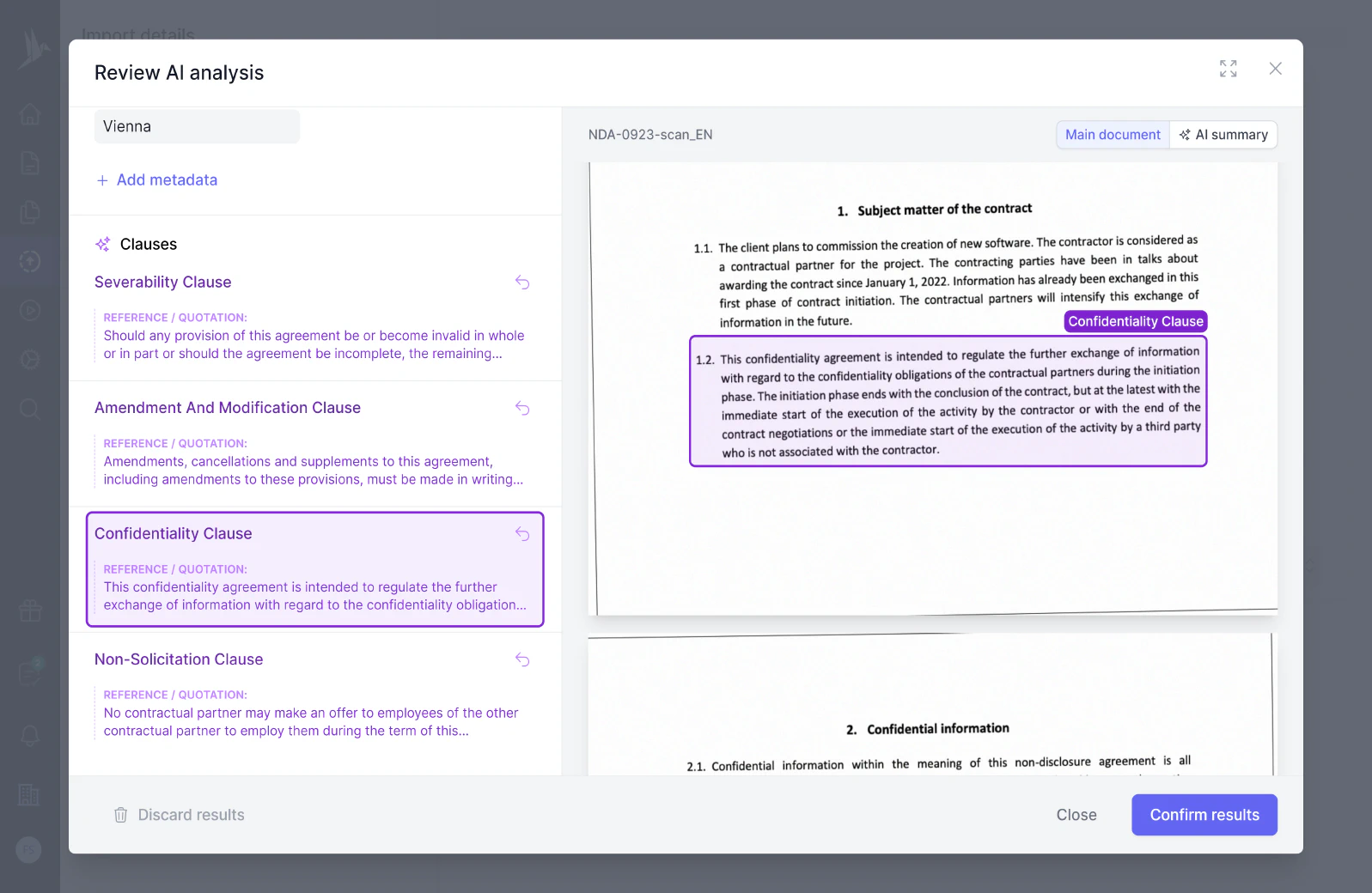Section 13 of the New York Lien Law addresses the waiver of lien rights, specifying conditions under which a lienor may relinquish their rights to a lien. It stipulates the process and requirements for such a waiver to be effective and legally binding.
What is Section 13 of the New York Lien Law?
Section 13 of the New York Lien Law refers to a specific provision within the overall framework of the lien law in New York State. This section deals with the rights and procedures concerning liens typically related to construction projects. It provides legal mechanisms through which contractors, subcontractors, and suppliers can claim a lien against a property to ensure payment for services rendered or materials provided. Liens provide security and leverage for these parties to recover owed amounts.
When should I use Section 13 of the New York Lien Law?
You should consider using Section 13 of the New York Lien Law when you are a contractor, subcontractor, or material supplier involved in a construction project within New York, and you have not been paid for your services or supplies. Filing a lien under this section can act as an effective tool to enforce your payment rights by placing a claim on the property to encourage the owner to settle outstanding debts. It is important to use this provision in accordance with established deadlines and requirements to ensure its effectiveness.
How do I write a lien under Section 13 of the New York Lien Law?
To write a lien under Section 13 of the New York Lien Law, you need to prepare a lien notice that contains specific information, including:
- The name and address of the lien claimant (you).
- The name of the property owner.
- A description of the property subject to the lien.
- The amount owed.
- A statement of the nature of the work or materials provided.
- The dates of the delivery or service.
Once this information is compiled, you must file the lien notice with the county clerk in the county where the property is located. It is advisable to consult with legal counsel to ensure the lien notice adheres to all statutory requirements.
Example of a lien notice:
NOTICE OF MECHANIC'S LIEN
TO: John Doe, 123 Main Street, New York, NY
PLEASE TAKE NOTICE that Jane Smith, residing at 456 Elm Street, Brooklyn, NY, claims a lien for the amount of ten thousand dollars ($10,000) for plumbing services and supplies provided on the property known as 789 Broadway, New York, NY.
Dated: [Date of Notice]
Contracts related to construction projects, particularly those involving general contractors, subcontractors, and suppliers, typically contain provisions related to Section 13 of the New York Lien Law. These contracts often address payment terms, timelines, and the possibility of lien filings. Including lien law provisions in contracts can help clarify the rights and responsibilities of all parties involved and provide a basis for legal recourse in the event of non-payment.
These provisions are particularly common in:
- General contractor agreements.
- Subcontractor agreements.
- Material supply contracts.
- Design and engineering contracts.



